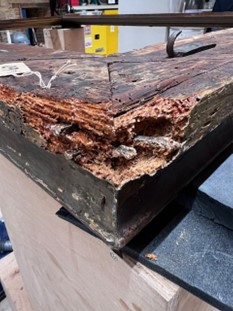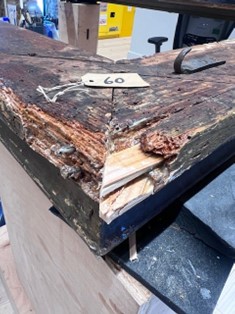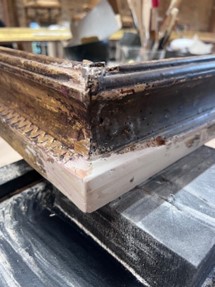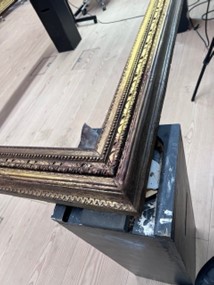Framing History
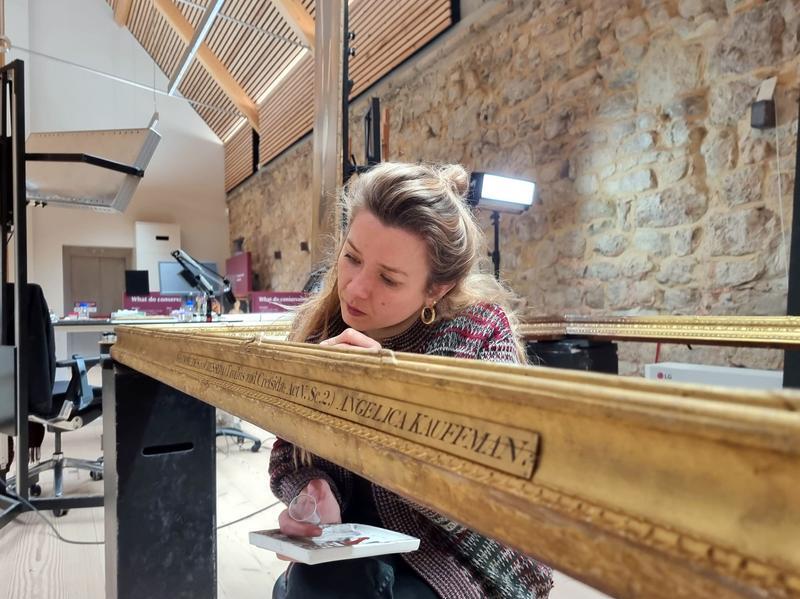

Angelica Kauffman (1741 - 1807) was a Swiss artist who lived and worked in London for many years of her life. She was one of the most significant artists of her time, and a founding member of the Royal Academy of Arts. Author of dozens of paintings, including portraits, scenes from history, literature, and mythology, she paid particular attention to female protagonists in her works.
One of Kauffman's artworks - Diomedes and Cressida has recently undergone conservation and is now on display at National Trust's Petworth House in Sussex. The painting depicts a scene from Shakespeare's play Troilus and Cressida. In a dramatic moment, one of the main characters, Trojan prince Troilus overhears his lover Cressida promise herself to the Greek warrior Diomedes, who is Troilus' enemy.
Dr Emily Knight, Property Curator at Petworth comments:
“Kauffman is this groundbreaking artist who built an incredible career at a time when it was hard for women to become professional artists. It’s wonderful to have this painting back at Petworth for our visitors to enjoy, and where we can shine a light on the incredible work of our conservators.”
The project was done by an independent conservator Sophie Reddington ACR. Alongside the painting's conservation, the artwork's original neoclassical frame was also conserved. This work was performed by Jonida Mecani, an Icon member.
Sophie and Jonida meticulously approached each step of the conservation project, focusing on researching, documenting, and analysing this artwork to deliver a conservation treatment that not only respects the historical context but also showcases the significance of the remarkable artist, Angelica Kauffman.
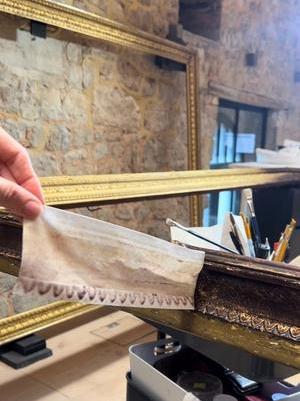
"Every frame conceals a unique narrative, and this late 18th-century Neoclassical carved 'Boydell' livery pine frame cradling Angelica Kauffman RA's "Diomed and Cressida" painting is no exception, having always lived together with the frame as one entity. Upon its arrival at the Royal Oak Foundation Conservation Studio at Knole, the frame presented structural instability and a mysterious red layer present in some areas of the decorative skim." - shares Jonida.
The presence of this red layer was the most challenging part for the conservation project. A similar red layer has also been observed on the frame for ‘the Death of Cardinal Beaufort’ by Sir Joshua Reynolds, which Jonida also conserved earlier. It was very important to understand what the nature of the layer is. Was it a result of unintended chemical reaction, or was it applied deliberately? After using various examination techniques such as cross-section analysis, microchemical testing, and Polarised light microscopy, the conservator was able to confirm that the red material contains red lake within a complex stratigraphy comprising one water-gilded scheme and two subsequent oil-gilded schemes. Even though the exact purpose of the intriguing layer remained elusive, Jonida concluded that red material had been applied intentionally as a toning layer on some areas of the latest gilded scheme.
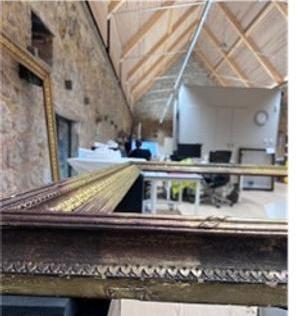
The decorative skim on the frame has a dark appearance. Because of this it was decided to partially remove the layer by applying Avelon microfiber cloth dipped in deionised water, removing the excess of water leaving the cloth damp but not wet. This decision allowed evidence of the organic red layer to be preserved for future research, whilst balancing the gilded scheme's surface in line with the painting and without distracting from the frame's historical context.
Jonida shares that one of the most rewarding aspects of this project was "uncovering the historical intricacies of the frame, recognizing it as an essential element of the painting which determined the approach to treatment. Additionally, investigating the decorative stratigraphy and understanding the material of the red organic layer present in certain areas of the frame, determining that it was applied as a coating on the latest gilded skim, was a significant part of the process."

